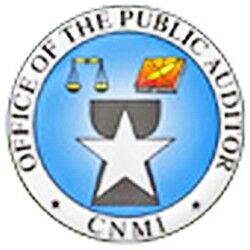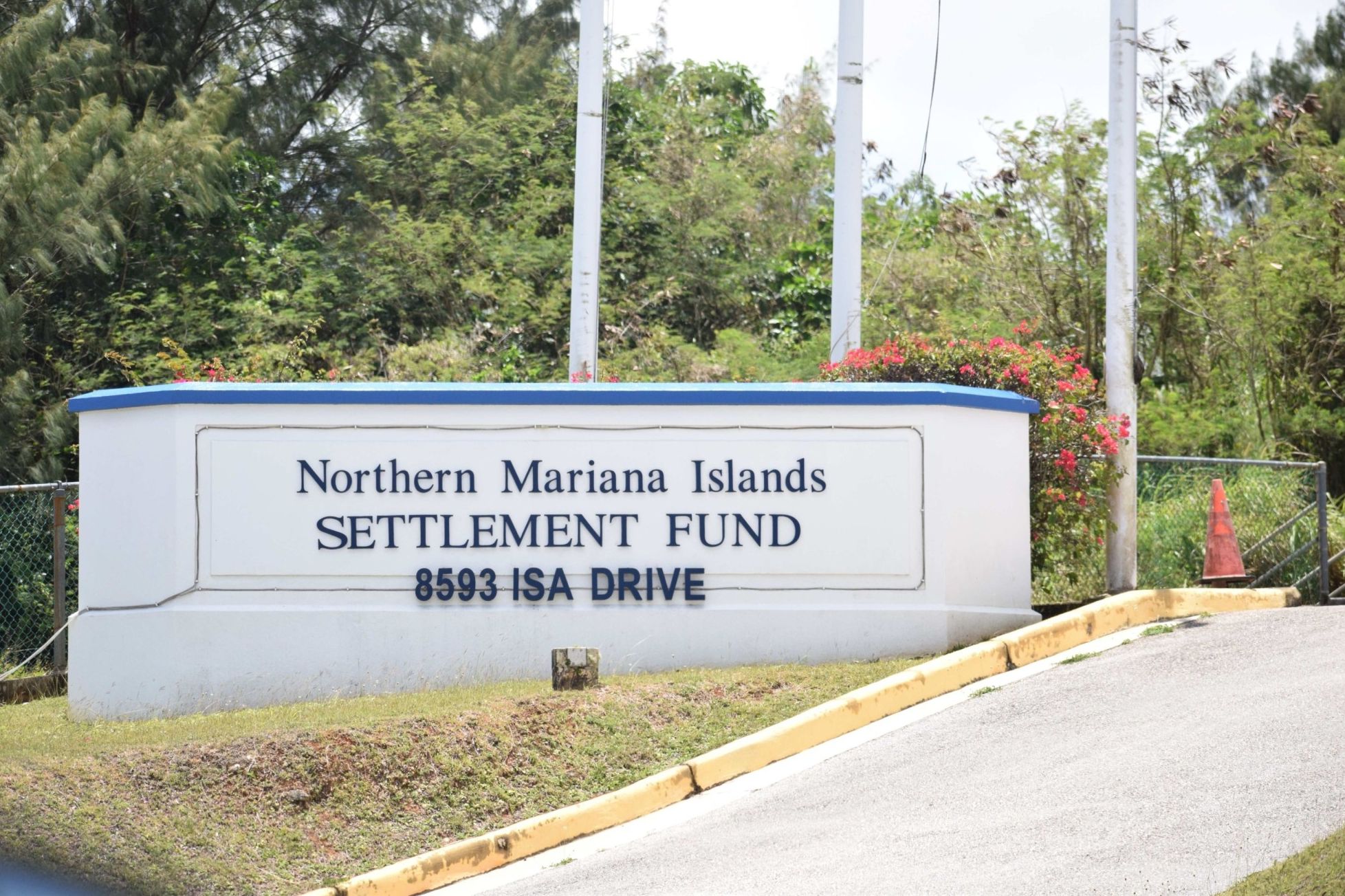The report, according to Public Auditor Mike Pai, presents OPA’s audit of government vehicles. (See http://www.opacnmi.com/resources/files/reports/audit/Audit%20of%20Government%20Vehicles_Final%20Report%2002_26_20.pdf)
Procurement and Supply is responsible for maintaining the master inventory control record and for conducting an annual inventory of property held by each accountable person as reflected on Finance-Procurement & Supply records. Agencies are required to report “immediately upon discovery” any lost, missing, damaged, or destroyed properties to Procurement & Supply.
OPA said a review of the inventory listing and a physical inspection of sampled vehicles revealed discrepancies.
OPA said Procurement & Supply does not enforce or monitor agencies’ compliance with laws and regulations.
Specifically, OPA found vehicles with improper markings; prohibited window tinting; civilian license plates for non-law enforcement vehicles; no vehicle trip log; no written authorization for its use after normal business hours; no documentation evidencing an annual safety inspection; and no documentation evidencing periodic maintenance or service.
These violations, the report said, were also found in OPA’s 1998 audit report on government vehicles, which indicates that action was not taken to address those findings.
In OPA’s sample of 632 government vehicles, it identified six leased vehicles that were not recorded on Procurement & Supply’s inventory of active government vehicles. Subsequently in May 2018, OPA obtained lists of leased vehicles from two auto dealerships on Saipan, which reported approximately 50 vehicles leased to the government. Leased vehicles are also subject to the law and government vehicle regulations and therefore, should be tracked to determine compliance, OPA said.
Of the 561 government vehicles inspected, OPA found 80 that were not recorded on the inventory listing, and 43 of the 80 vehicles did not bear CNMI property tag numbers. Of these 80 government vehicles, OPA found 17 on Rota, 47 on Saipan, and 16 on Tinian.
OPA said it physically inspected a 24-foot response/safe boat that was not recorded on the inventory listing and did not bear a property tag number. OPA also learned that the safe boat, which was acquired in 2016, had not been registered with the Bureau of Motor Vehicles because it lacked documentation of ownership.
OPA said it also identified approximately 165 vehicles on the inventory listing that were not reported by the agencies.
“Similarly,” it added, “the physical inspection of government vehicles from our sample selection on Saipan, Rota, and Tinian revealed discrepancies found on the inventory listing.”
OPA found the following discrepancies: vehicles were recorded under the wrong agencies; license plate numbers were unrecorded and/or used on multiple vehicles; unique vehicle/hull identification numbers were recorded under multiple vehicles; incorrect property tag numbers, and vehicle descriptions (i.e.: year, make, model); and incorrect or unrecorded vehicle data.
Corrective actions
The Department of Finance agrees with these findings, its Secretary David DLG Atalig said in a letter to Pai.
Atalig, who assumed his position last year, said Procurement and Supply has started to “reconcile the vehicle information database/spreadsheet to ensure accurate and updated information.”
He said Finance has been recently awarded federal grants to address similar issues with fixed asset inventory, and this will allow the department to obtain the necessary resources and capacity to conduct a physical inventory and provide the verification of records.
Moreover, he said, Procurement and Supply staffers are “reviewing the pertinent laws, rules and regulations of property management. They are working to procure a stencil machine to properly mark government vehicles before being released to the individual agency.”
“As part of our goals for fiscal year 2021,” he said, “we endeavor to implement a more user-friendly and efficient system by formulating standard operating procedures and user-friendly forms for government offices and agencies to comply. We also plan to revise current laws and regulations in consultation with the Office of the Attorney General, if necessary, to meet the demands of the current work environment, while still maintaining controls to ensure public accountability.”












